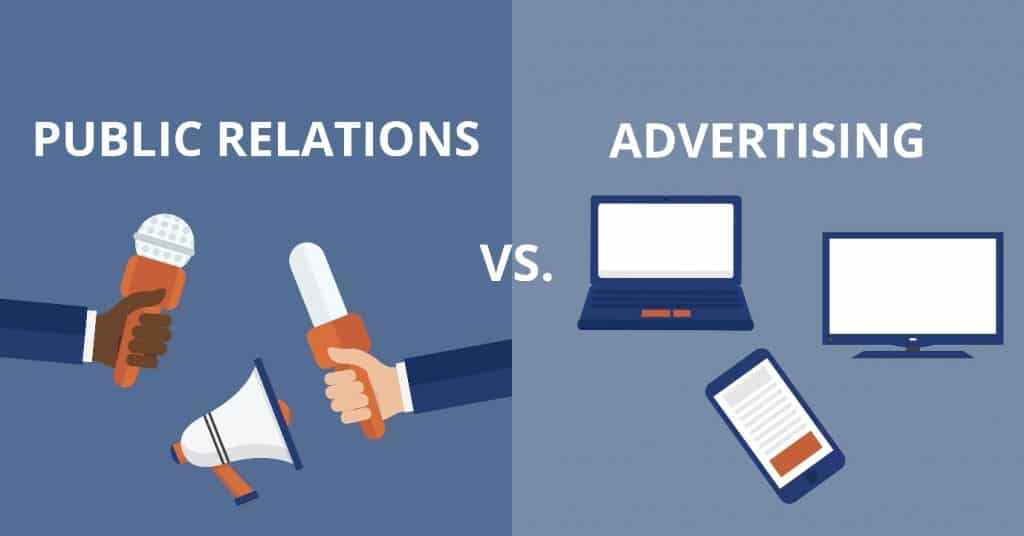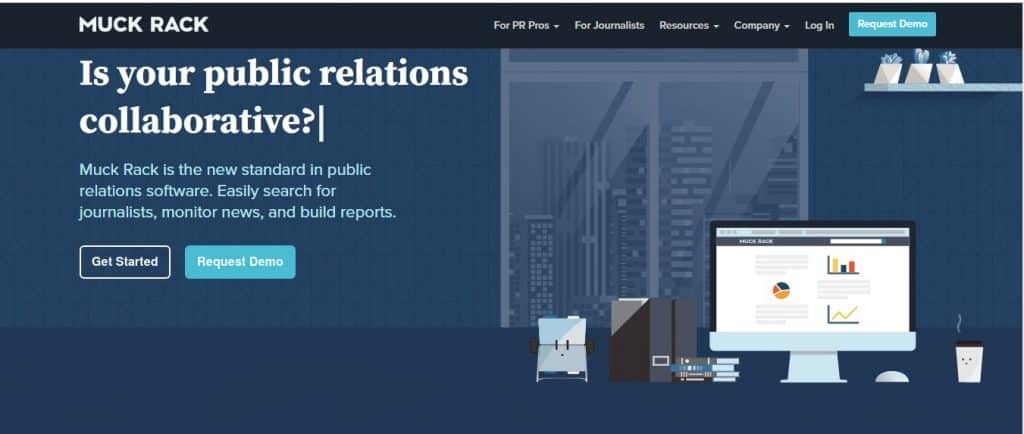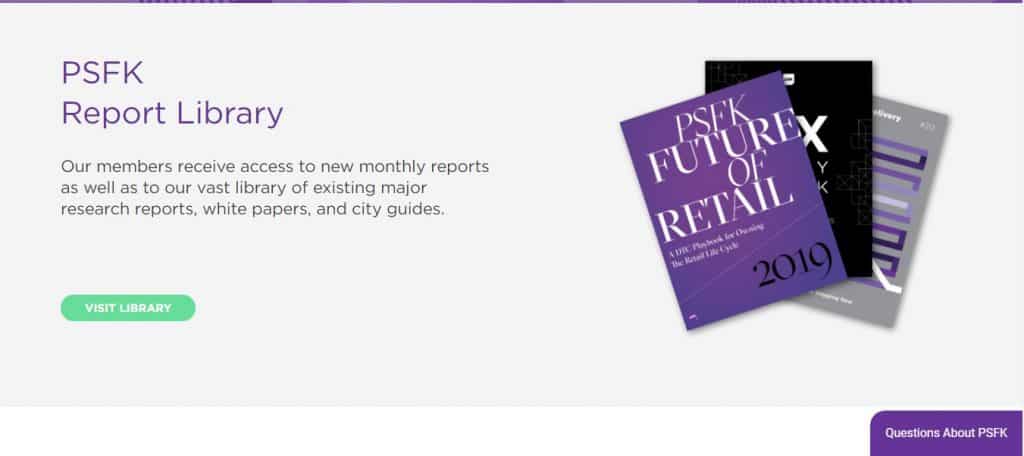5 Basic Steps to Get Free PR for Small Businesses
We are living in the world of marketing and media. Whenever we walk out the street, there’ll always be some message or image of some products or event with a lot of information appear around us. That is the way businesses and organizations trying to communicate with their audience. When you are engaged in the story or just simply listen to what they are representing, it’s one of their achievements in PR activities – a short name of Public Relations.
So what is PR? Is it some kind of advertising? How to promote the clients with PR strategies? The article below will show you a basic understanding of Public Relations and how to work with it effectively.
1. PR definition
PRor we can call Public Relation is defined as a strategic communication process that builds mutually beneficial relationships between organizations and their publics, which is agreed by the Public Relations Society of America PRSA upon after a few thousand submissions. In other words, PR is the Persuasion Business Process performing the task of convincing the audience in your area or outside your usual sphere of influence to promote your ideas, increase awareness, purchase your product or recognize your accomplishments.
PR jobs do everything that belongs to public relations involving: Plan (PR planning), Copywrite (writing PR articles), Event (organizing events), Press Relations and Crisis management.
People in PR industry
PR people are storytellers. They create materials to enhance or build reputations through media, social communication, or self-produced communications. There are many ways to perform well on PR task but there must be 3 required conditions of a good PR practitioner: analyzing exactly features of the organization, creating good messages and conveying them into interesting stories with a right approach to the right audiences.
Besides that, public relations specialists in PR industry also play an important role in shaping the organization’s image. Their job is to generate positive publicity for their client and enhance the reputation. Moreover, they keep the public informed about the activity of government agencies, explain policy, and manage political campaigns. Public relations people working for a company may handle consumer relations, or the relationship between parts of the company such as the managers and employees, or different branch offices.
In general, a PR staff must do the following tasks:
- Write and distribute press releases
- Speech writing
- Write pitches (less formal than press releases) about a firm and send them directly to journalists
- Create and execute special events designed for public outreach and media relations
- Conduct market research on the firm or the firm’s messaging
- Expansion of business contacts via personal networking or attendance and sponsoring at events
- Writing and blogging for the web (internal or external sites)
- Crisis public relations strategies
- Social media promotions and responses to negative opinions online
In the current businesses, the scope of activities of PR staff is very wide, but most of them focus on the following areas: organizing special events, overcoming uncertainties, relations with the media, with responsible agencies. By organizing special events such as press conferences, new product launches, customer conferences, contests, sponsorship, charity, domestic affairs …, PR staff will attract the attention of relevant people and press. The company thus can be quickly promoted to the public.
2. How is PR different from advertising

The PR definition above sounds like traditional marketing at the purpose, but functionally it is not. When you first hear about “PR” and “Marketing”, you may immediately put them in the same category. However, these two words have their own distinct meaning due to their different performance. So, how do they differ?
There are 3 main features of publicity more effective than advertisement:
Price is more cost-effective and considerable
Price is a huge difference between PR and advertising. PR firms charge monthly retainers or can be hired for specific projects while advertising can be very pricey. In advertising, you pay for messages, media concepts, marketing content, and service to have your products or event information placed in newspaper, TV, or radio spot. In public relations, you don’t have to hire journalists to write stories for your clients, produce cute radio jingles ort hand out free samples at the mall. The article that features your company is not paid for because the reporter, whether broadcast or print, writes about or films your company as a result of information he or she received and researched. Whether it’s traditional media, social media, or speaking engagements, PR staff communicate with their audiences through trusted, not paid, sources.
Greater longevity
Publicity has greater longevity than advertising due to the fact that an article about your business will be remembered far longer than an advertisement. Not only being long remembered, publicity also reaches a far wider audience. Sometimes, if you get a chance, your story might even appear on the national media, spreading the word about your business all over the country.
Greater credibility
Last but not least, publicity has greater credibility with the public than does advertising. As your business grows, it naturally becomes a more prominent element in your community and your industry, which draws to a consequence of naturally becoming worthy of notice. This means that it is obviously necessary to enhance opportunities for public relations as a crucial part of your marketing strategy. At that point, PR is an excellent tool because it gives you the exposure you don’t have to pay for directly. But good PR rarely happens without effort. Getting good publicity usually requires careful planning, persistent effort, and, often, spending money for press release mailings, copywriters, and PR consultants.
3. Five basic steps to get free PR for small business
With small businesses, free pr is typically known as the most cost-effective way to develop outbound marketing campaigns and build a business reputation. Large companies can be willing to spend a vast expense on hiring PR firms to appear on public media channels, but even if your company doesn’t have enough budget on PR expense, you can try several ways conducting free PR campaign to get public attraction if you have a thorough understanding about it. The results will be even further than you expected. Here are four basic steps to start with free PR strategies for a start-up business:
Know Your Audience
When starting to work with something, you have to get a full understanding of what it is. In this case, identifying a public audience is the most important first step to continue any PR campaign. Searching and analyzing target audience are required performances to get all the features of people who might be excited about your products or services – and why. From the data collected, you can easily find out the right messages and approach to your public audience.
Create the story – your own materials
Storytelling is the most creative part of public relations. Commonly, most of the firm make efforts in creating new that promote something fresh and interesting to attract audience such as a brand new version of the mobile app, a new market, a first-appear fashion style or other significant hires, a new business plan, merger, winning an award, something of this nature. Other methods of creating news include bylined articles written for an independent publication, Opinion-Editorials (about a controversial topic), social media (blog posts, tweets, photos, videos, etc.), content marketing on your website, and more.
In addition, some firms create their own events or speak in front of prestigious groups. Many colleges and universities create news with surveys and original research. This way has the advantage of direct interaction with audiences, but it can be time-consuming and expensive. To start-up companies and small businesses, it is difficult for them to afford this expense. But instead, it may be easier to conduct simple phone and email surveys of peers, clients and suppliers.
Make Direct Connections
Once you have finished the preparation of the material including target audience and communication content, you need to find suitable publications for your products and journalists who have written pieces on similar topics and contact them on LinkedIn, Twitter, or Facebook. See if anyone in your network knows them, as a personal introduction is much more effective than a cold call.
Another effective way that might take you quite a lot of time is to build relationships with the most influential voices in your field. Send them useful resources, messages and information prior to pushing your own project.
When finding your publication, please make a notice that your press release should always be custom-tailored to the person or media outlet you are sending it to. Prepare carefully your marketing materials ready with hi- and low-res images, videos, text, and special offers for their readers. Rework a few lines to highlight aspects of your business that will be most appealing to the specific writer or publication where you are sending the release.
Submit Your Ideas To These Sites
In addition to reaching out to writers individually, there are sites where you can post your press release or startup concept to help get a boost. A favorable mention on any of the following sites can be enough to jump-start your traffic, but you should use these sites in addition to the above outreach plan, and not instead. A grass roots campaign is usually more effective for getting your product in front of your target audience — especially if your product isn’t designed to appeal to the mass market.
1. MuckRack.com

MuckRack is a site dedicated to connecting companies with relevant bloggers and journalists. They have a monthly subscription plan for about $200/month that allows you to build ongoing relationships with journalists and track them. You can also submit a tweetable one-line press release for $1 per character. This option allows you to craft a 140-character mini press release that will be displayed on MuckRack’s press release page and tweeted by MuckRack on Twitter. New press releases also appear on Listorious.com. Be sure to include a link to your full press release in the tweet so interested readers can get the whole story.
2.PSFK

PSFK publishes trend reports. Their categories include branding and marketing, electronics and gadgets, fashion, food and drink, media and publishing, retail, transport and travel, TV and film, web and technology, and business. PSFK has more than a million readers per month and their network fuels a supplemental site called Purplelist. To submit your press release to PSFK, just email it to submit@psfk.com. You have nothing to lose!
3.Techcrunch.com

TechCrunch is the gold standard for startup PR and reads like a Who’s Who of up and coming technology companies. The site boasts 10 million unique monthly visitors including influential reporters, entrepreneurs and investors. It is devoted to reviewing startups, new online products and tech-related news. TechCrunch also hosts a database of companies, investors, and entrepreneurs called CrunchBase.
You can submit your pitch on the TechCrunch Tips & Pitches page. Filling out the form does not enter your company into the CrunchBase database. To do that, you have to fill out a form on the CrunchBase homepage.
Getting picked for a TechCrunch piece without a strong network is a bit like winning the lottery. But as they say with the lotto, “you can’t win if you don’t play,” and if you win TechCrunch coverage it is one of the best ways to get national attention.
Word-of-mouth marketing tool
There is no doubt for the fact that word of mouth is still one of the most powerful marketing tools. Your loyal marketers are no one but your customers. Their introduction about the experience on your products to their family and friends is much more persuasive than any advertisement on social publication. It can be even more effective than public media channel. Provide good products and subscription service, reward new members for inviting their friends (like Dropbox does), and run contests where people enter by sharing your site with their channels. Happy customers can be your best source of new business if you make it worth their time and effort.
Summary
In all industries ranging from entertainment, production, sales to financial banks. They all need PR jobs. It seems that the PR profession makes the breath of every business, which is a medicine to save businesses whenever they fall into a communication crisis as well as the main engine to generate the names of enterprises every day.
In an era when advertising is increasingly alienated and stigmatized, the PR profession further asserts its role for every life rhythm of enterprises. Skillful, subtle, smart PR is the key to getting your business to the peak of success.









